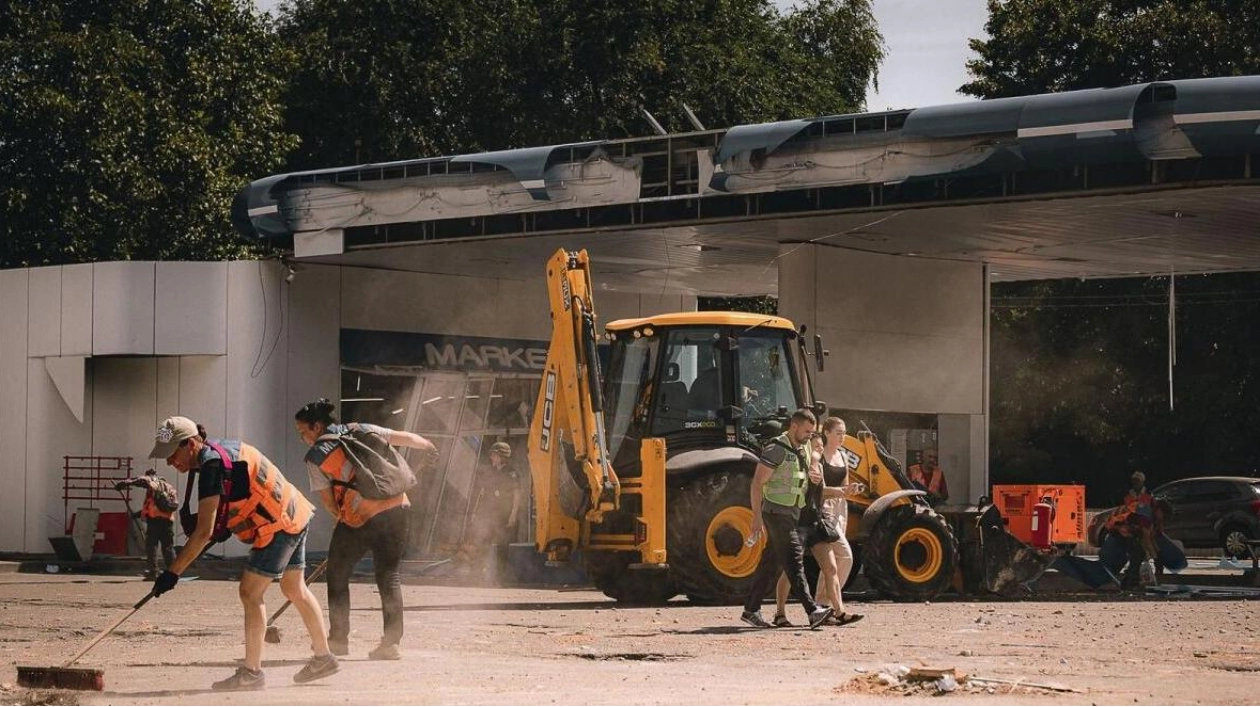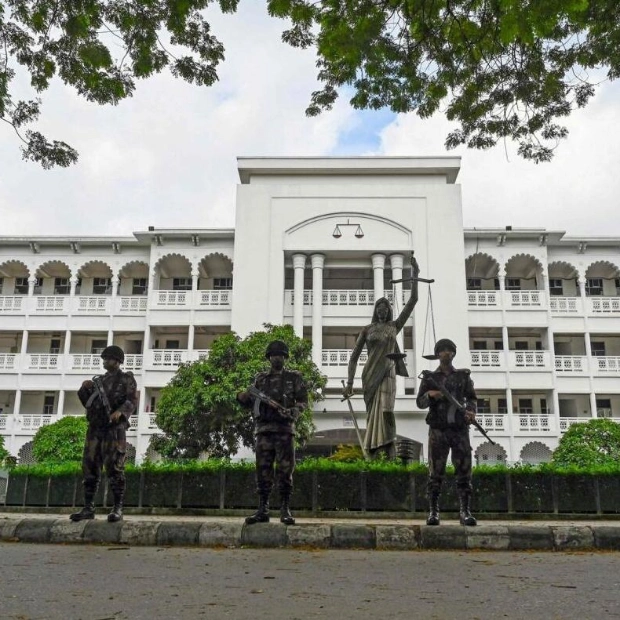Russia's assertion of striking three Ukrainian air bases within three days has unveiled significant vulnerabilities in Kyiv's air defense systems, raising concerns about how it plans to safeguard the incoming fleet of F-16 fighters. The recent Russian attacks have not only caused substantial equipment damage but also dealt a significant symbolic blow to Kyiv, just five months after it declared its 2024 priority to achieve complete control over the skies.
Moscow's defense ministry claimed to have destroyed at least six Ukrainian planes and a helicopter through missile strikes on three different bases this week, releasing drone footage of the attacks. The most severe strike reportedly targeted five Ukrainian SU-27 fighter jets at the Myrhorod base in the Poltava region, approximately 150 km from the Russian border. Additionally, an Iskander missile allegedly hit a stationary Mi-24 helicopter, and a MiG-29 was destroyed at an air base in Dolgintsevo, about 100 km behind the frontline.
The primary issue, according to Konrad Muzyka, director of Rochan Consulting, is the deficiency in very-short and short-range air defense capabilities, which prevents Ukraine from countering Russian drones. This allows Russia to deploy reconnaissance drones deep into Ukrainian territory, gathering live intelligence and coordinates for missile strikes. In all three strikes this week, Russia showcased its drone capabilities by releasing videos of the attacks and their aftermath, demonstrating not only their ability to operate drones far into Ukrainian territory but also their capability to remain undetected while transmitting precise location data.
Moscow might have employed a second drone as a "remote control relay" to extend the range of the surveillance drones, according to a European defense industry source. The failure of Ukraine to intercept incoming missiles using Western air defense systems like the Patriot, Iris-T, or SAMP/T further underscores Kyiv's ongoing concerns about insufficient firepower. Ukrainian President Volodymyr Zelensky has repeatedly requested more air defense systems from Western partners to protect Ukrainian cities from Russian missile attacks, stating that Ukraine needs at least seven additional Patriot batteries to halt the Russian bombardments.
Ukraine's limited number of long-range systems forces it to prioritize defense, leaving some areas unprotected. This strategic choice was highlighted following Kyiv's less effective 2023 counter-offensive, where the lack of air superiority significantly hindered the army's advancement on the battlefield. Ukrainian Foreign Minister Dmytro Kuleba emphasized the importance of controlling the skies in determining the war's outcome during his address at the World Economic Forum in Davos in February.
The imminent arrival of advanced F-16 fighters, promised by several NATO countries, is seen as a crucial component in achieving air superiority. However, Russia has vowed to target and destroy any F-16s delivered to Ukraine. The recent strikes, while not game-changers, serve as a concerning indicator of Russia's readiness to counter the deployment of F-16s, according to Alessandro Marrone, a defense analyst at the Istituto Affari Internazionali.
The first deliveries of F-16s, including those from the Netherlands, Belgium, and Denmark, are expected shortly. Some Ukrainians have criticized army commanders for leaving the planes vulnerable during this week's strikes. Ukrainian MP Roman Kostenko highlighted the need for better protection, admitting that concrete shelters might not be effective against missiles packed with explosives. Konrad Muzyka suggests that Kyiv may need to frequently relocate F-16s and that their use near the frontline is unlikely due to higher vulnerability. The advanced capabilities of the F-16s could potentially mitigate Russian strikes by targeting observation drones or incoming missiles.






